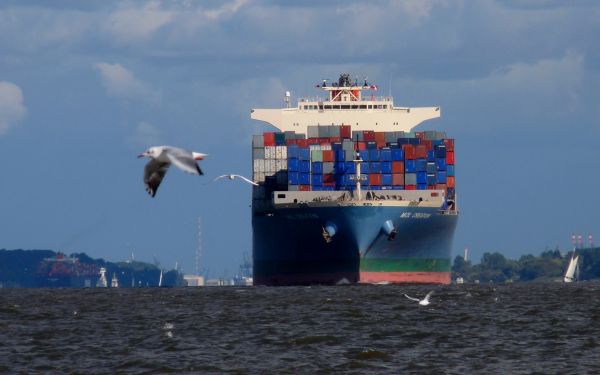Shipping from Guangzhou/Shenzhen to Brisbane Port: 20FT/40FT Full Container Load (FCL) and Less Than Container Load (LCL) Shipping Options
Shipping Options
Full Container Load (FCL) Shipping:
- 20FT and 40FT Containers: FCL shipments are ideal for businesses with large volumes of goods, as the entire container is reserved for their use. Common container sizes for FCL shipping include the 20-foot and 40-foot containers. These containers are ideal for large, bulky, or numerous items that require full container space.
- CIF Service: Under the CIF (Cost, Insurance, and Freight) Incoterm, the seller is responsible for covering the cost of the goods, insurance, and freight charges to the destination port, in this case, Brisbane Port. This gives the buyer peace of mind, knowing the shipment is insured until it reaches the destination.
Less Than Container Load (LCL) Shipping:
- Faster and Flexible Option: LCL shipping is suited for smaller shipments that do not fill a full container. Your goods will be consolidated with other shipments to make up a full container. While this option is more cost-effective for smaller shipments, it may require more time due to the consolidation process.
- 11-Day Transit: The ocean freight journey from Guangzhou or Shenzhen to Brisbane takes approximately 11 days, depending on sea conditions and customs clearance. The goods are typically loaded onto a container ship and sent across the Pacific Ocean.

Packaging of Goods
Proper packaging is essential to ensure that goods are safely transported from China to Brisbane, whether via FCL or LCL. The packaging will depend on the nature of the goods being shipped, but here are some general guidelines:
For FCL Shipments (20FT and 40FT Containers):
- Cargo Shrink Wrapping: Large items and equipment should be securely shrink-wrapped to protect them from moisture, dust, and damage during transit.
- Palletizing: For heavier or bulkier goods, it is common to place the goods on wooden or plastic pallets. This helps in the safe handling and efficient loading/unloading of goods at ports and warehouses.
- Crating: Fragile or high-value items should be crated. Wooden crates provide an extra layer of protection and security against damage during handling and shipping.
For LCL Shipments:
- Strong Cartons and Boxes: Goods are typically packed in strong, durable cartons. For additional protection, items should be wrapped in bubble wrap or foam padding to cushion them against impacts.
- Labeling: Clear labeling with the consignee’s details, along with handling instructions such as “fragile” or “this side up,” ensures proper handling during the shipment process.
- Consolidation: Since LCL involves sharing container space with other goods, proper internal packaging is important to prevent your items from shifting during transit, which could lead to damage.

Port-to-Port and Customs Clearance
After the ocean journey, goods arrive at Brisbane Port. The final delivery process depends on whether the shipment is FCL or LCL:
- FCL: The entire container is unloaded from the ship and ready for pickup at the port. Once cleared by customs, the container can be transported directly to the consignee’s warehouse.
- LCL: The goods are first unloaded and then de-consolidated at a local warehouse before being released to the consignee. This step is required because multiple shippers’ goods are combined in one container.
Before shipping, ensure all required documents, including commercial invoices, packing lists, and import permits (if applicable), are in order to facilitate smooth customs clearance at Brisbane Port.



